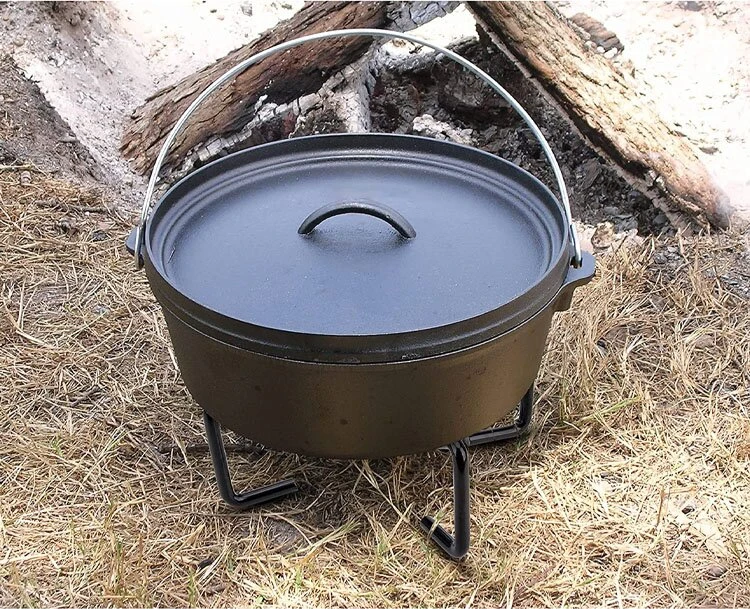
iron cookware
The Timeless Appeal of Iron Cookware
Iron cookware has stood the test of time, cherished by generations of cooks for its durability, versatility, and incredible heat retention properties. While modern kitchens are often filled with non-stick pans and fancy gadgets, many culinary enthusiasts still turn to the classic cast iron skillet or Dutch oven for their cooking needs. This article will explore the history, benefits, and care of iron cookware, highlighting why it remains a favorite among chefs and home cooks alike.
A Brief History
Iron cookware can be traced back over 2,000 years, with early examples found in ancient China. The material’s ability to conduct heat evenly and retain it made it ideal for cooking. By the 18th and 19th centuries, cast iron cookware became popular in Europe and America, often being passed down through generations. The rugged charm of these pieces and their ability to develop a natural non-stick surface through seasoning have contributed to their enduring appeal.
Benefits of Iron Cookware
One of the most significant advantages of using iron cookware is its unparalleled heat retention and distribution. Unlike many modern materials, cast iron can maintain high temperatures for prolonged periods, making it perfect for searing meats or baking in the oven. Moreover, iron skillets and Dutch ovens can go from stovetop to oven seamlessly, allowing for a wide range of cooking techniques, from frying to braising to baking.
Another compelling benefit is that cast iron cookware can improve with age
. When properly cared for, pieces can develop a natural non-stick patina and last a lifetime—or even longer. This characteristic appeals to eco-conscious consumers, as investing in high-quality iron cookware can reduce the need for frequent replacements.iron cookware

Moreover, cooking with cast iron cookware can contribute small amounts of dietary iron to your food. While this is not a substitute for a balanced diet, it can benefit those who need an extra boost of this essential nutrient, particularly during certain life stages like pregnancy or adolescence.
Care and Maintenance
Despite its many advantages, cast iron cookware does require a bit of special care to maintain its performance and longevity. First and foremost, it is essential to season your iron cookware regularly to keep its non-stick surface intact. Seasoning involves applying a thin layer of vegetable oil and heating it to create a protective coating. This helps prevent rust and improves the cooking surface over time.
Cleaning is another important aspect of maintaining iron cookware. It is advisable to avoid soap and harsh scrubbing pads, which can strip the seasoned layer. Instead, a gentle scrub with warm water and a non-abrasive sponge usually does the trick. For stubborn residue, a small amount of coarse salt can act as an effective scrub without damaging the seasoning.
Finally, it is crucial to dry your cookware thoroughly after washing and to apply a light coat of oil before storing it away. This simple practice helps prevent rust and keeps your pans in top-notch condition.
Conclusion
In a world that often prioritizes convenience over quality, iron cookware remains a symbol of culinary tradition and craftsmanship. Its multitude of benefits—from exceptional heat retention to the potential for enhanced iron intake—makes it a staple in both professional and home kitchens. By properly caring for your iron cookware, you can enjoy the rich flavors and textures it provides for years to come, making it not just a cooking tool but a treasured piece of culinary history. So whether you’re searing a steak, baking cornbread, or slow-cooking a hearty stew, consider reaching for that trusty cast iron pan, and savor the experience of cooking with a timeless classic.
-
Season Cast Iron Perfectly with GPT-4 Turbo TipsNewsAug.01,2025
-
High Quality Cast Iron Cookware - Baixiang County Zhongda MachineryNewsAug.01,2025
-
Premium Cast Iron Pan: Durable & Perfect HeatNewsAug.01,2025
-
High Quality Kitchen Durable Black Round Cast Iron Cookware Pancake Crepe Pan-Baixiang County Zhongda Machinery Manufacturing Co., Ltd.NewsAug.01,2025
-
Cast Iron Cookware - Baixiang County Zhongda Machinery | Nonstick, Heat ResistanceNewsAug.01,2025
-
High Quality Kitchen Durable Black Round Cast Iron Cookware - Baixiang County Zhongda Machinery | Non-Stick, Heat Retention, DurableNewsJul.31,2025


